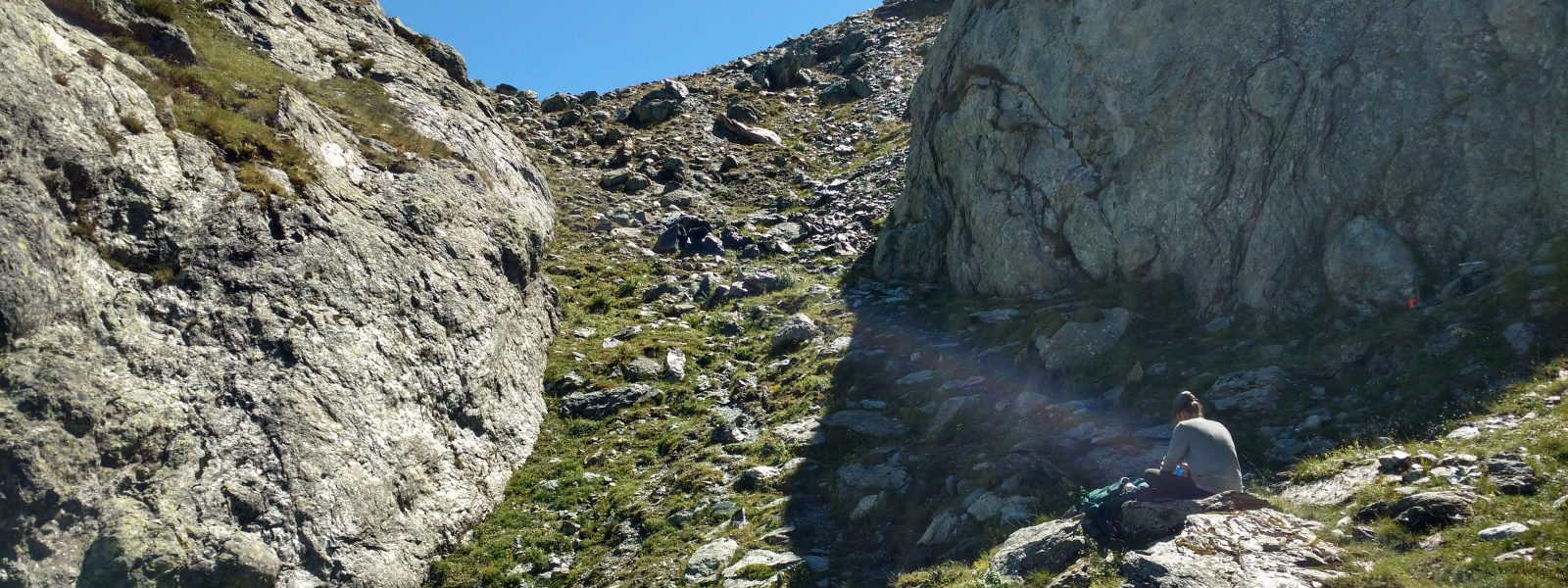Erro Tobbio
45.588˚N 8.790˚E
The Erro-Tobbio Unit in the Voltri Massif (Ligurian Alps, Italy) is mainly composed of high-pressure antigorite serpentinites and metaperidotites intruded by gabbroic and basaltic dikes. This unit has been interpreted as a slice of a variably serpentinized subcontinental mantle exposed on the Tethyan ocean floor that underwent partial dehydration during subduction in Cretaceous time. The peak metamorphic conditions of the Erro-Tobbio Unit were constrained to be 550–600 °C and 2.0–2.5 GPa based on the associated eclogitized metagabbros, metabasalts and metarodingites. The unit contains large and continuous outcrops of high-pressure antigorite serpentinites and metaperidotites with cross cutting veins containing secondary metamorphic olivine, magnetite and Ti-rich humite group minerals. The unique field relation and mineralogical assemblages in both the wall-rock and veins have been regarded as a snapshot of the early dehydration and subsequent fluid channelization that occurs in a subduction zone. Thus, studying the Erro-Tobbio Unit may provide key constraints in understanding those poorly understood deep Earth processes.
The E-FIRE group aims to understand fundamental questions on how and when water and other volatiles escape from a dehydrating rock, what the compositions of the liberated fluids are, and how such reactive fluids interact with and alter the wall-rock as it passes through. Those research questions will be addressed using a combination of phase petrology, whole-rock and mineral elemental and isotope geochemistry, and thermodynamic modeling of fluid-rock interactions. Samples collected mainly along the Gorzente River include deformed and undeformed partially dehydrated serpentinites/metaperidotites, cm-sized veins containing metamorphic olivine, magnetite and Ti-rich clinohumite assemblage, eclogitized metagabbro and metarodingite.

